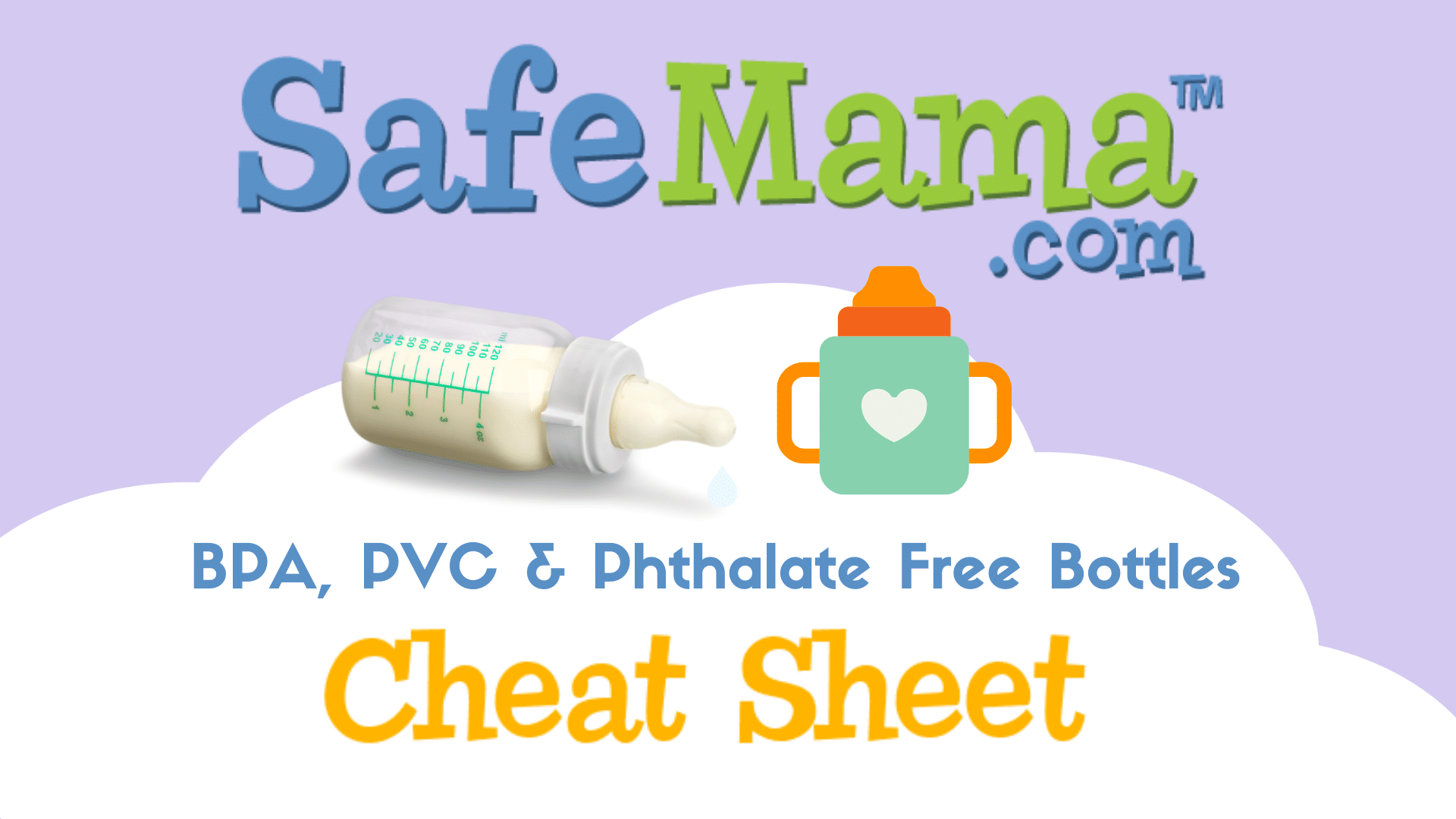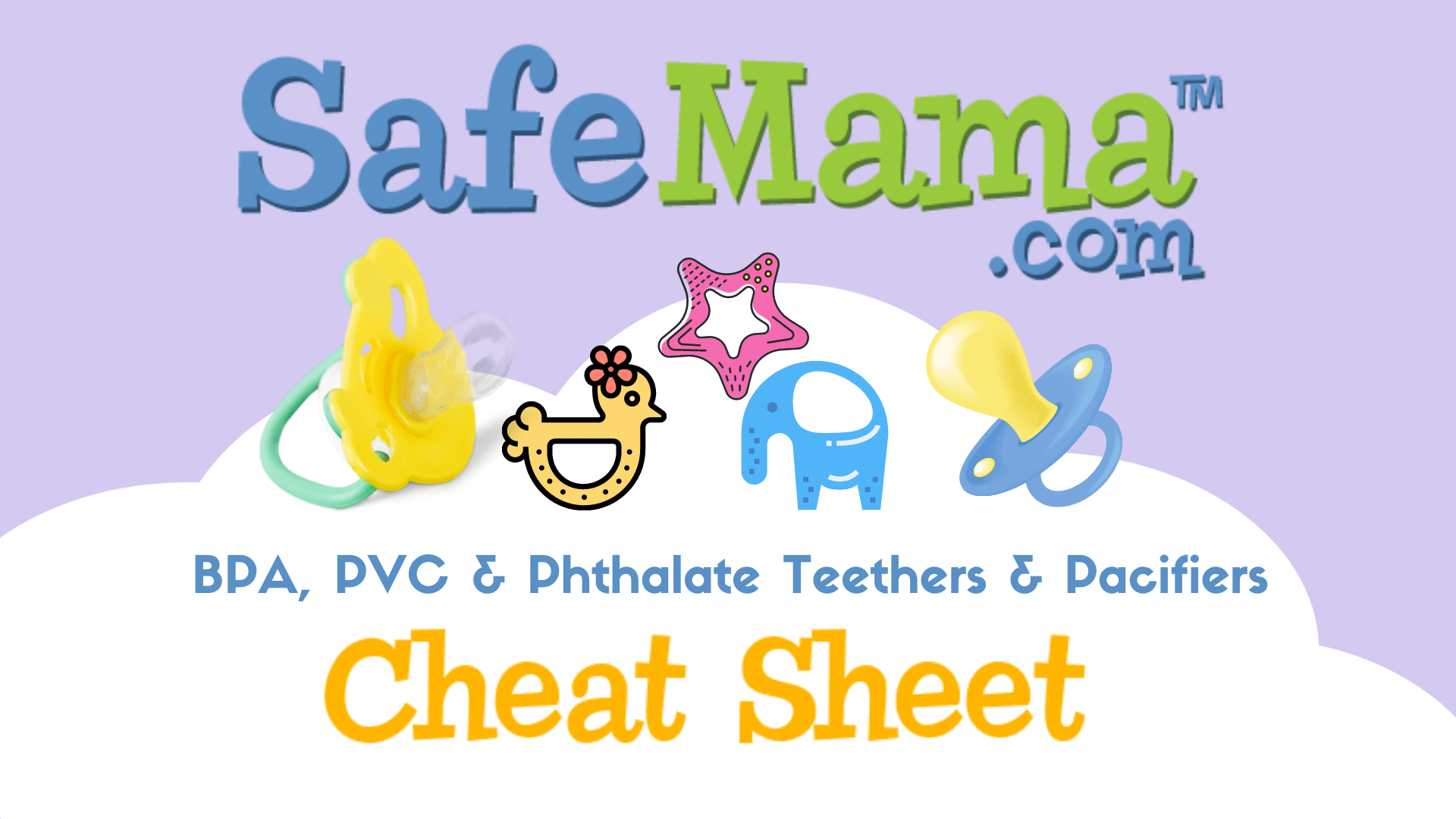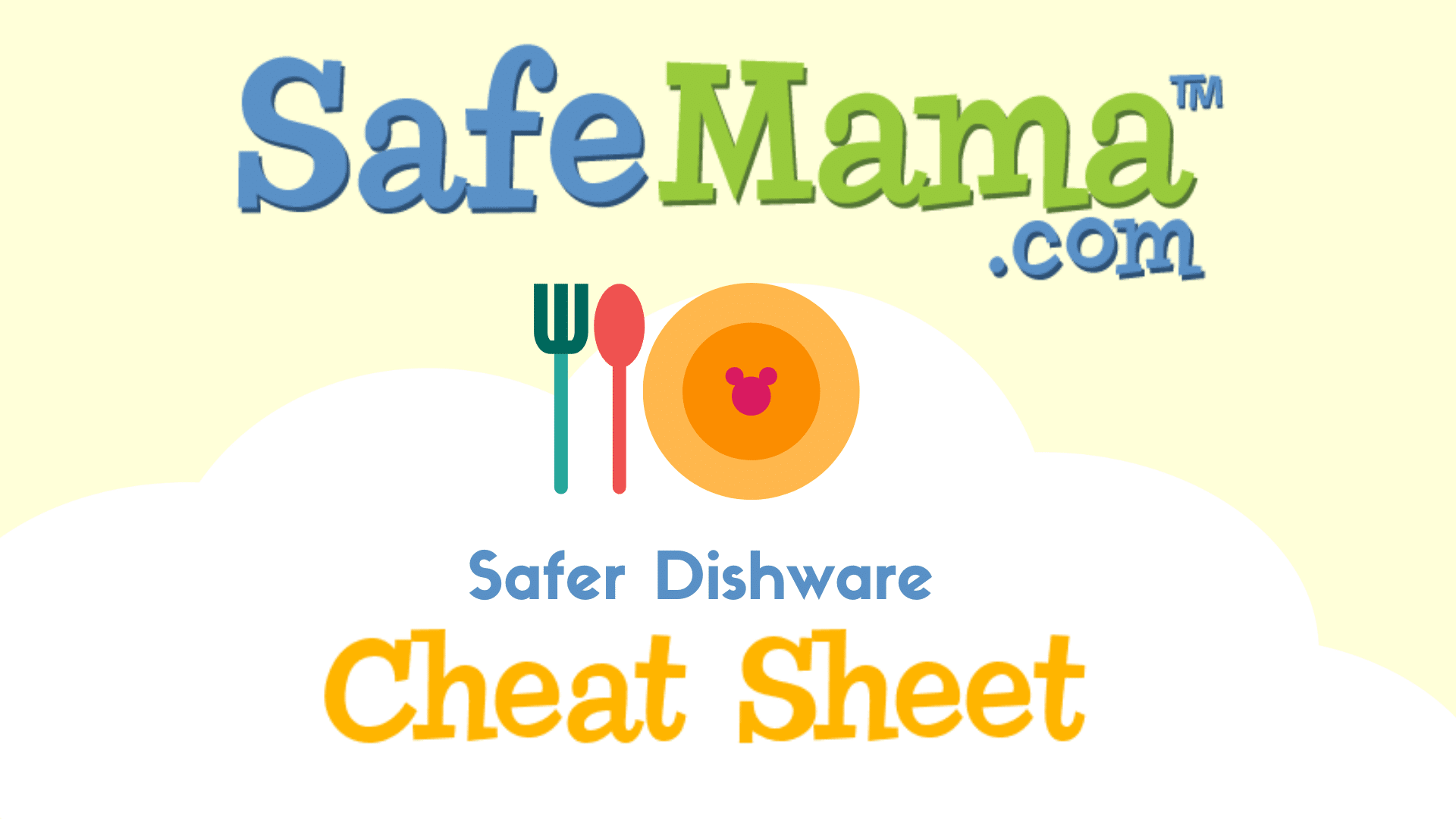Last updated on August 20th, 2022 at 12:07 am
This one was really hard to write. It was a few phone calls, a lot of digging, and a lot of reading. I had no real intention of doing a baby formula cheat sheet but Healthy Child Healthy World asked me to help out and then I became so engrossed in it that I compiled all this information. So I’m going to share it with you. I want to preface this by saying I am a big supporter of breastfeeding. I breastfed both my children, but I know people use or supplement with formula… that’s just the way it is and I do not judge anyone for the choices they make. Now let’s brush up on what I was looking for:
BPA in Packaging: Back when I began this site, there was BPA in practically everything and before any real big buzz started. My first phone calls to Enfamil in November of 2007 went something along the lines of “There is BPA in the can lining and its approved by the FDA so don’t worry, your pretty little head over it.” As time went on, the news and research piled up, and companies started to investigate BPA-free packaging to cover their butts. I’m happy to report that the majority of powdered baby formula is now packaged in BPA Free packaging.
DHA/ARA: The majority of formula on the market, including organic, contains added DHA and ARA for brain and eye development. Most formula companies use a DHA product from Martek BioScience (life DHA – you can see the logo on most formula labels). The controversy, if you can call it that, is that the method of extraction uses hexane, acid, and bleach to extract the oils. All the companies I spoke to that use life DHA told me that it’s the “only FDA approved method of DHA extraction” and that there are no detectable levels of hexane in the formula. Only one company that we found uses an alternative method of DHA extraction, and that’s Nature’s One. Their DHA and ARA are derived from egg phospholipids using a water process. (Please not that Nature’s One does not put DHA/ARA supplements in their formulas. It comes as a separate powder parent may add themselves) Nature’s One says this method is also FDA approved.
Added Carbohydrate: I didn’t get into specifics of every brand, but when I learned that Similac Organic uses Organic Sugar Cane (sucrose) as opposed to Organic Lactose, I wanted to check and see what other brands used. In Europe, they instituted a ban on sucrose in infant formula due to its link to childhood obesity (except for babies with allergies). The European Union adopted the new rules based on the recommendations of the Scientific Committee on Food, which found that sucrose provided no real nutritional benefits, and could bring about a fatal metabolic disorder, and contribute to overfeeding. The FDA does not regulate what sugars can be used (or how much per serving), as long as they are safe. I’m not saying Similac Organic is a bad choice, but if you are concerned about the use of sucrose, I looked into what other brands used for easy comparison. Every other brand I looked into uses Organic Lactose or Lactose. You will have to consult with your pediatrician on this one.
Fluoride: Whether you are pro-or anti- fluoride, there are some who may not know that it is present in infant formula. So now there is fluoride in your water, in your infant formula and you’ve possibly got the kid on fluoride drops and your kid could be at risk of fluorosis? The Journal of American Dental Association recommends breastmilk of course, but for those using formula, they recommend using ready-made (we disagree due to the BPA content of some of the packaging). Their secondary recommendation for powdered formula is to use fluoride free or low fluoride water (purified, demineralized, deionized or distilled, as well as reverse-osmosis filtered water). The JADA published some test results last October of fluoride levels in popular infant formulas. I picked out the numbers for you so you may cross-reference on our spreadsheet yourself. But you can download the report here as well to see the full report: Assessing a Potential Risk Factor for Enamel Fluorosis: A Preliminary Evaluation of Fluoride Content in Infant Formulas. The optimal fluoride level in drinking water is 0.7 to 1.2 parts per million.
Perchlorate: Also known as rocket fuel. Stories broke on the news last April that trace amounts of rocket fuel was detected in infant formulas. The CDC tested formula for perchlorate because of concerns that it can damage thyroid function. The did 3 tests on a sampling of baby formula brands, including Enfamil, Similac, Publix and Kroger brands. To sum up, formulas with lactose tested highest (Similac topped the results with the highest detected). You can see the full range of results in the CDC’s document: CDC: Table of Perchlorate Levels in Powdered Infant Formula (PDF). Let it not be said that perchlorate is found in just about everything, including breastmilk. So, unfortunately, there is no way to avoid it altogether. Natures One offers this information regarding perchlorate in their formula.
Now that you know all this (aside from hating me for bringing it up) you can take a look at this information in our cheat sheet, which makes this all more at-a-glance.
DOWNLOAD IT! (PDF) (Last updated: April 3, 2010)
Quick SafeMama™ Formula Feeding Recommendations
- Choose Powdered over liquid (BPA in can lining)
- Choose organic formulas over non-organic (pesticides and hormones in cow’s milk)
- Use spring/distilled or filtered water to prepare the formula
- Choose glass, silicone, BPA-Free bottles
- Do not microwave water or formula in plastic (It’s not recommended to microwave formula at all – heating water in glass is ok)
- Wash plastic bottles with mild detergent by hand to prevent leaching over time, and replace them when they become worn
*Disclaimer: I feel I should remind you that it’s important to discuss this information and any dietary changes you plan to make with your Pediatrician before doing so. Additionally, if you have any concerns or questions about any of the formula we mention, feel free to call the company and ask them. They were all relatively helpful.



